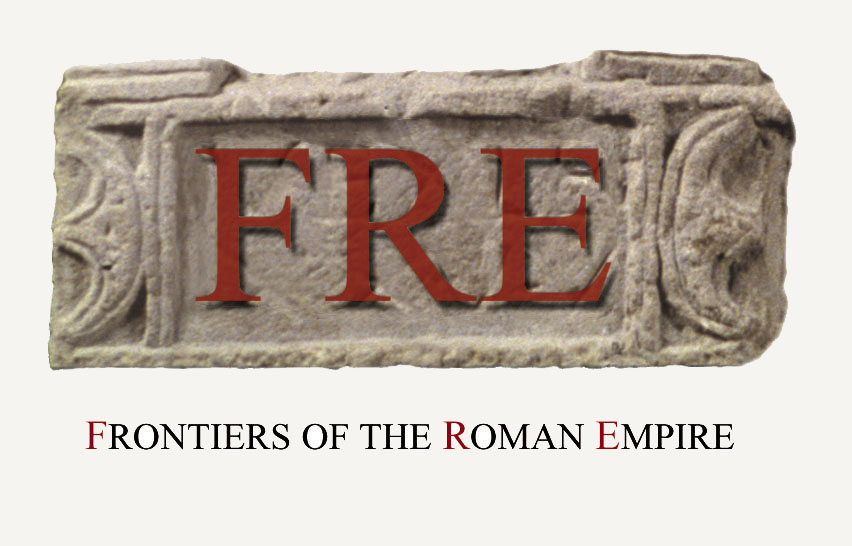|
Most of
Pannonia´s territory had been devastated during the Marcomannic
wars. Lot of the fortifications along the frontier had been
demolished or badly damaged. Quick repairs started already during
the wars, and construction of lot of the arduous buildings went on
at the Emperor Commodus´ time (180-192 AD). Stone fortifications
replaced the original and demaged earth-and-timber forts and also
stone watch tower were build between them.
After the
assassinations of Commodus and his successor Pertinax, the high
importance for the developement of Pannonia had a victory in the
fight for the throne of Septimius Severus. Pannonian legions in
Carnuntum proclaimed him the Emperor in 193, and he stayed
grateful for their support during whole period of his reign. This
period is characterised by stability and increased economic
prosperity of the province.

Even though
some important reforms and increase of the soldiers pay done by
the Severian Dynasty improved the conditions of military service,
these situation led to the concentration of power to the hands of
military commanders. Gradually they started to interfere the inner
empire polithics. As a result, after the assassination of
Alexander Severus - the last emperor of the dynasty - in 235 AD,
the Roman Empire came to a serious political and economic
crisis. It was a period of so called military emperors. During
these times the repeated attacs on the frontier by Germanic as
well as Sarmatian tribes were common. The Roman legions in the
province used to proclaim simultaneously more successfull
commanders as candidates for the emperors throne. The external
attacks culminated in 285-260 AD when several devastating attacs
came from the Marcomanni and Quadi tribes on the Limes in northern
Pannonia.


Emperor
Gallienus (253-268) partly succeeded in strengthening the Romans´position
on the North-Danubian territory, but the stabilisation of the
Pannonian border and the consolidation of the Roman Empire
took˙place not before the reign of the Emperor Diocletian
(284-305 AD), who made new important military, economic and
administrative reforms. However, the renovation and reconstruction
of the military sites in Pannonia and the the construction of new
fortifications at the strategic points was carried out later,
during the reign of the Constantine Dynasty. The newly designed
and inovated fortifications (narrow gates, strong and powerfull
walls with outstanding side- and corner- towers) shows that army
troops on the Limes (limitanei) were permanently concentarted
mainly on the border defense. Simultaneously an internal defence
system of so-called internal fortifications was build. The
fortifications build along the important routes, secured the
protection of the inner area of the province and also served as
supply or reserve bases for mobile military troops (comitatenses).
The building of the North-Pannonian border
The Roman Army
The armament and equipment of the Roman Soldiers
The role and importance of the Roman Army
Marcomannic wars on the Danube
The last attempts and the decline of the Roman authority
| 




